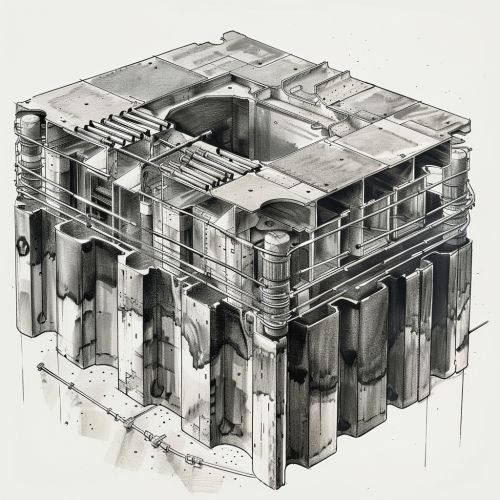Leo Szilard
Early Life and Education
Leo Szilard was born on February 11, 1898, in Budapest, Hungary, to a Jewish family. His father, Louis Spitz, was a civil engineer, and his mother, Tekla Vidor, was a homemaker. Szilard showed an early aptitude for science and mathematics, which led him to pursue engineering studies at the Budapest University of Technology. However, his education was interrupted by World War I, during which he served in the Austro-Hungarian Army.
After the war, Szilard resumed his studies in physics and engineering. He moved to Berlin in 1920, where he enrolled at the University of Berlin. There, he studied under prominent physicists such as Albert Einstein, Max Planck, and Max von Laue. Szilard earned his doctorate in physics in 1922, with a dissertation on thermodynamics.
Scientific Contributions
Early Work in Thermodynamics
Szilard's early work focused on thermodynamics and statistical mechanics. In 1929, he published a paper on the thermodynamic paradox known as Maxwell's demon, proposing a solution that involved the concept of information entropy. This work laid the groundwork for the later development of information theory.
Nuclear Chain Reaction
One of Szilard's most significant contributions to science was his conceptualization of the nuclear chain reaction. In 1933, while walking in London, Szilard conceived the idea of a self-sustaining nuclear chain reaction, which could release enormous amounts of energy. He realized that if a neutron could cause the fission of an atomic nucleus, it could release more neutrons, which in turn could induce further fissions. This idea was pivotal in the development of nuclear energy and atomic weapons.
In 1934, Szilard filed a patent for the nuclear chain reaction, which he assigned to the British Admiralty to ensure its secrecy. He continued to work on nuclear fission and collaborated with Enrico Fermi at the University of Chicago to build the first nuclear reactor, known as the Chicago Pile-1. This reactor achieved the first controlled nuclear chain reaction on December 2, 1942.


Manhattan Project
Szilard played a crucial role in the Manhattan Project, the secret U.S. government project to develop atomic bombs during World War II. In 1939, he co-authored the famous Einstein–Szilard letter to President Franklin D. Roosevelt, warning of the potential for Nazi Germany to develop nuclear weapons and urging the United States to accelerate its own nuclear research. This letter led to the establishment of the Manhattan Project.
During the project, Szilard worked at the Metallurgical Laboratory at the University of Chicago, where he contributed to the development of the atomic bomb. Despite his involvement, Szilard had ethical concerns about the use of nuclear weapons and advocated for their control and regulation.
Post-War Activities
Advocacy for Nuclear Disarmament
After World War II, Szilard became an outspoken advocate for nuclear disarmament and international control of nuclear energy. He was a founding member of the Bulletin of the Atomic Scientists, an organization dedicated to informing the public about the dangers of nuclear weapons and promoting peaceful uses of nuclear energy. Szilard also participated in the Pugwash Conferences on Science and World Affairs, which aimed to reduce the risk of armed conflict and seek solutions to global security threats.
Contributions to Molecular Biology
In the late 1940s, Szilard shifted his focus to molecular biology. He collaborated with Aaron Novick at the University of Chicago to develop the chemostat, a device that allows for the continuous culture of microorganisms under controlled conditions. This invention was instrumental in the study of bacterial growth and metabolism.
Szilard also made significant contributions to the understanding of genetic regulation. He proposed the concept of an "operator" gene, which controls the activity of structural genes. This idea was later confirmed by the work of François Jacob and Jacques Monod, who received the Nobel Prize for their discoveries in genetic regulation.
Personal Life and Legacy
Szilard was known for his eccentric personality and his ability to think outside the box. He married Gertrud Weiss, a physician, in 1951. The couple had no children. Szilard became a naturalized U.S. citizen in 1943 and spent the latter part of his life in the United States.
Szilard's contributions to science and his advocacy for peace have left a lasting impact. He was a visionary thinker who made groundbreaking advances in physics, nuclear energy, and molecular biology. His work continues to influence scientific research and policy discussions on nuclear energy and disarmament.
